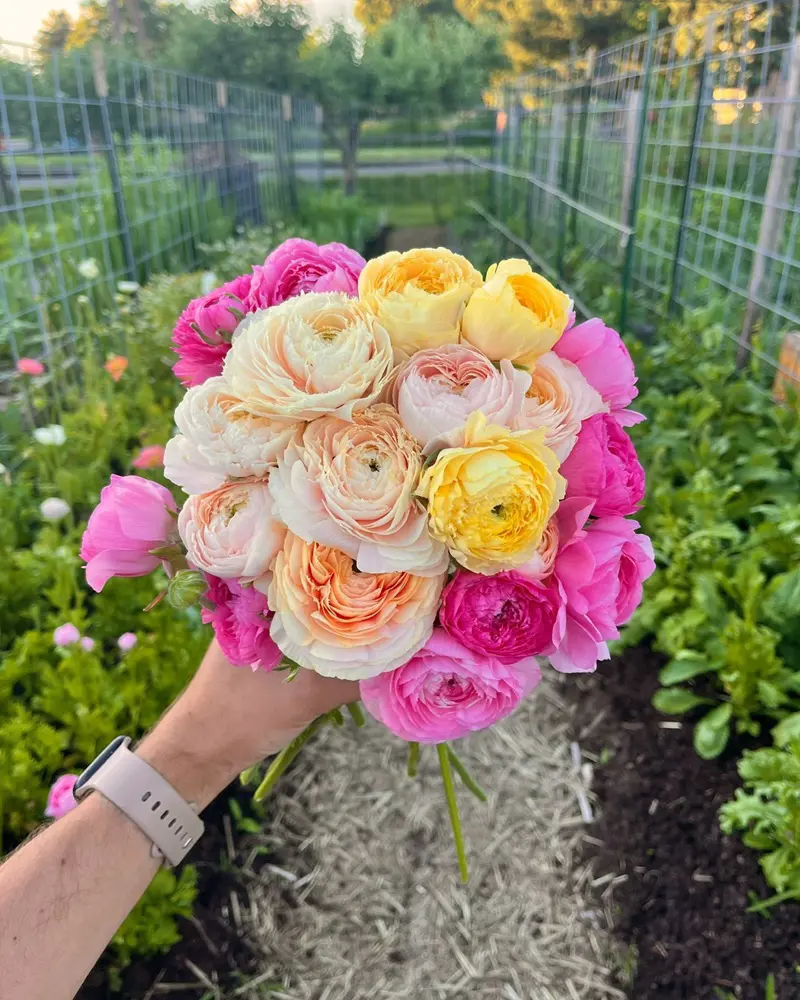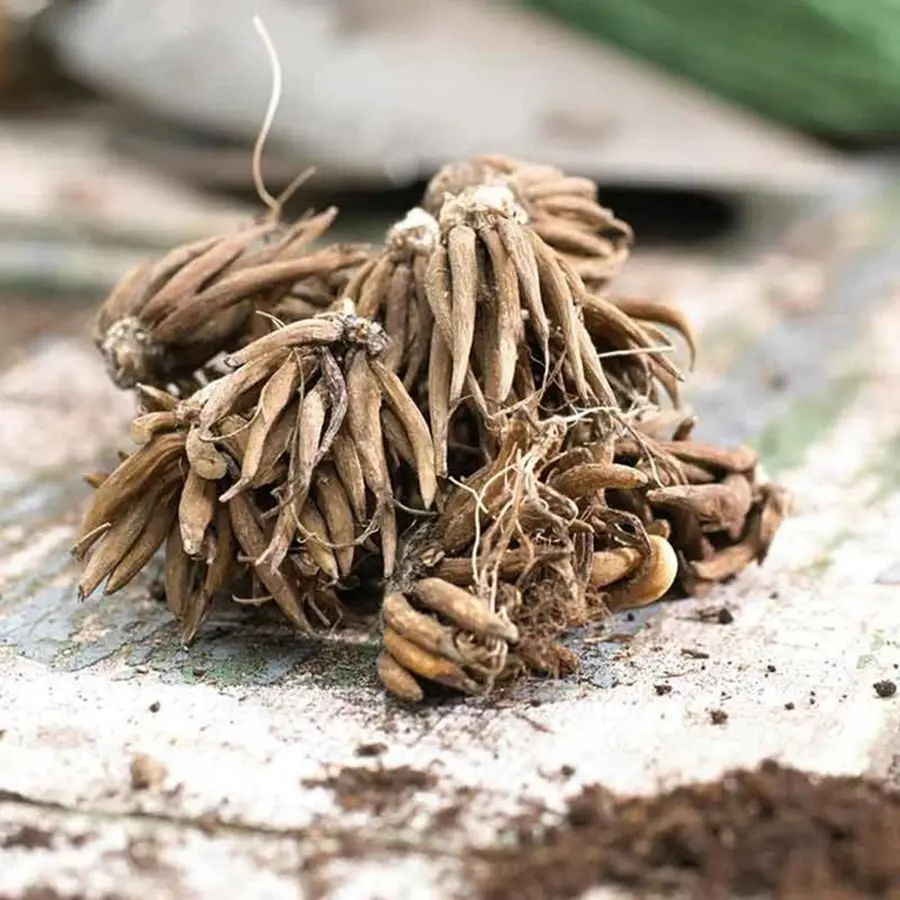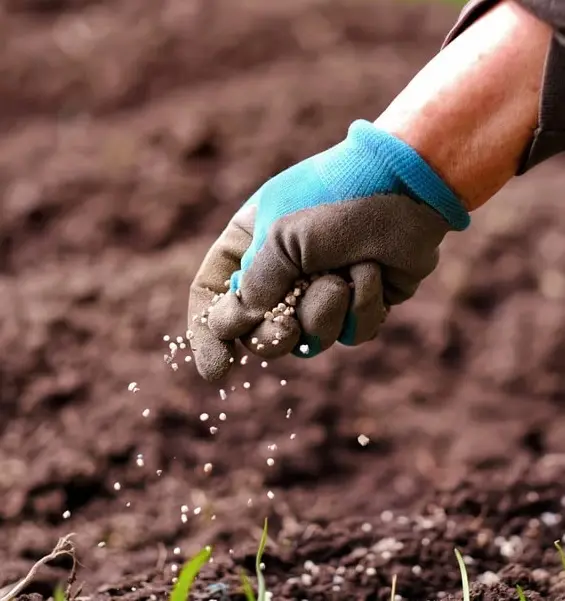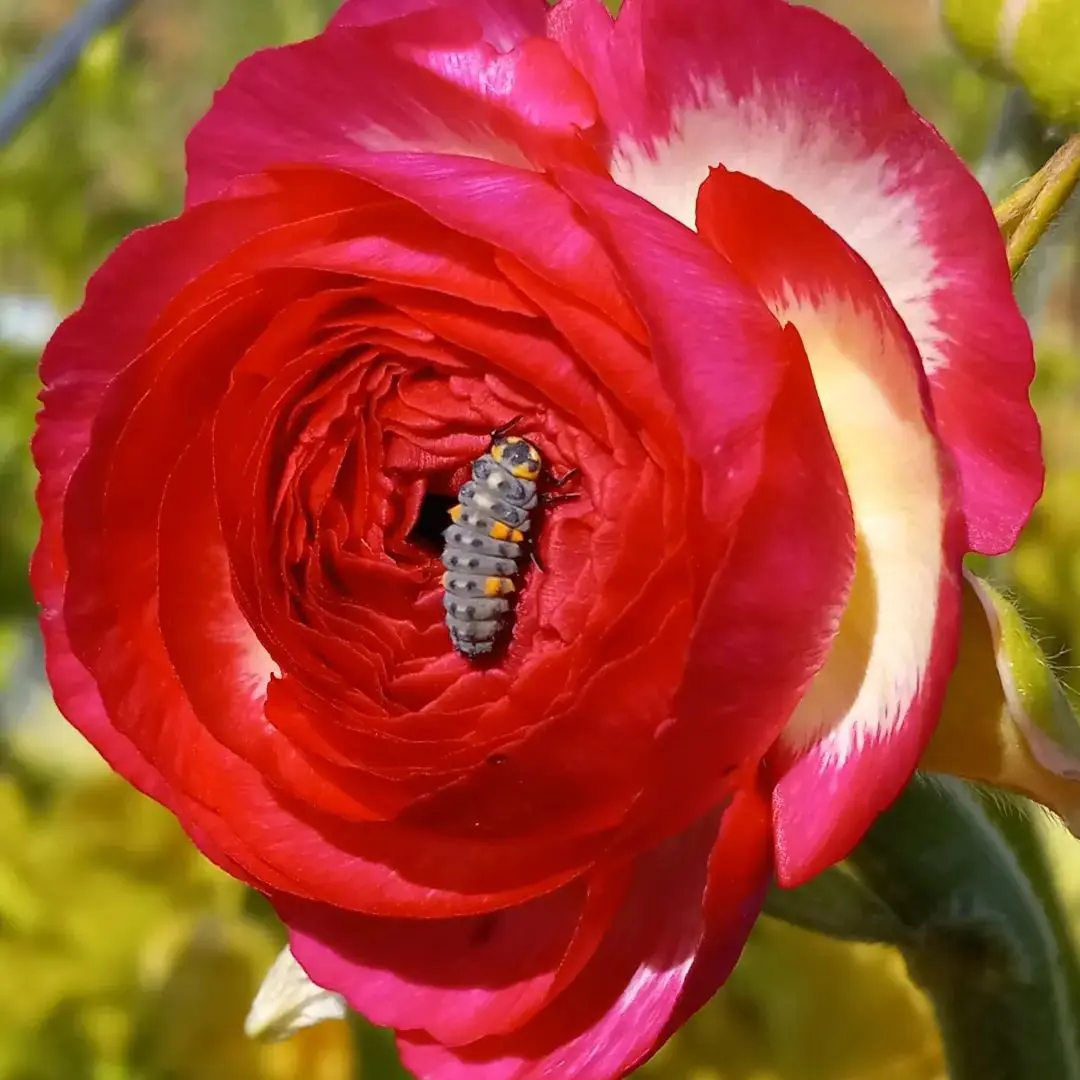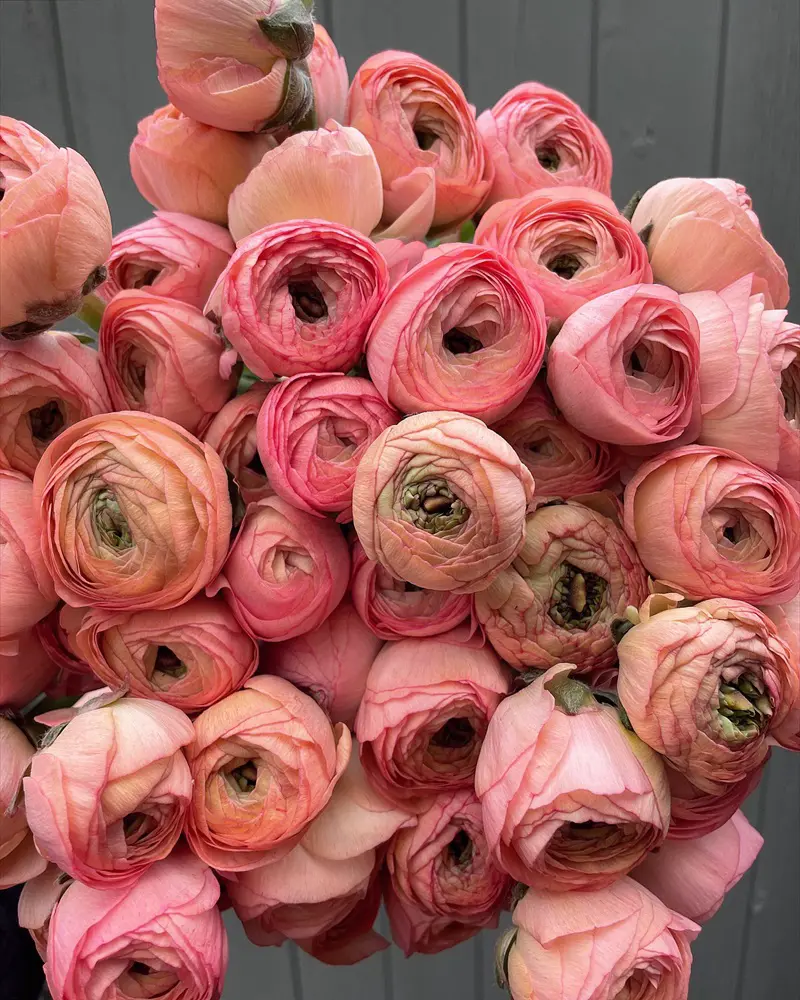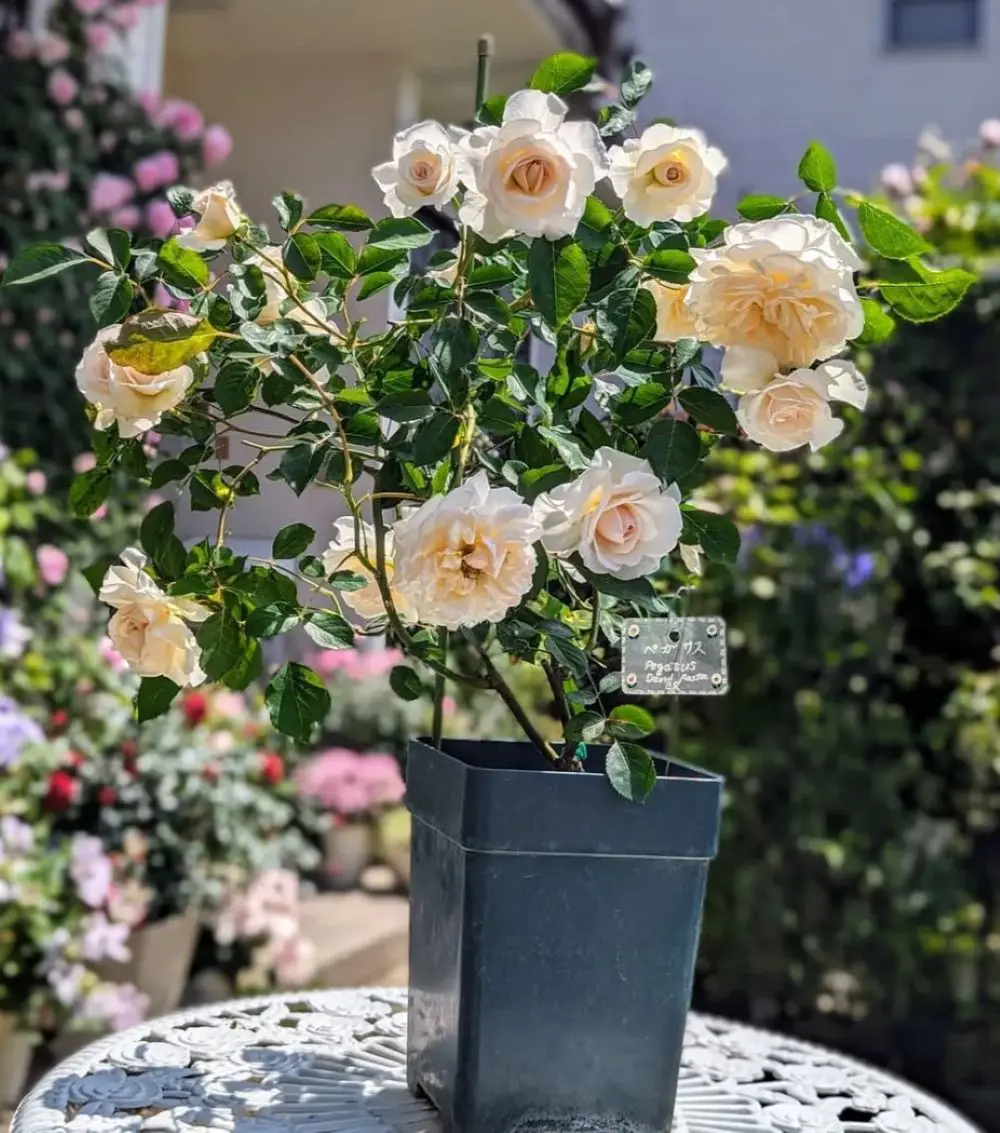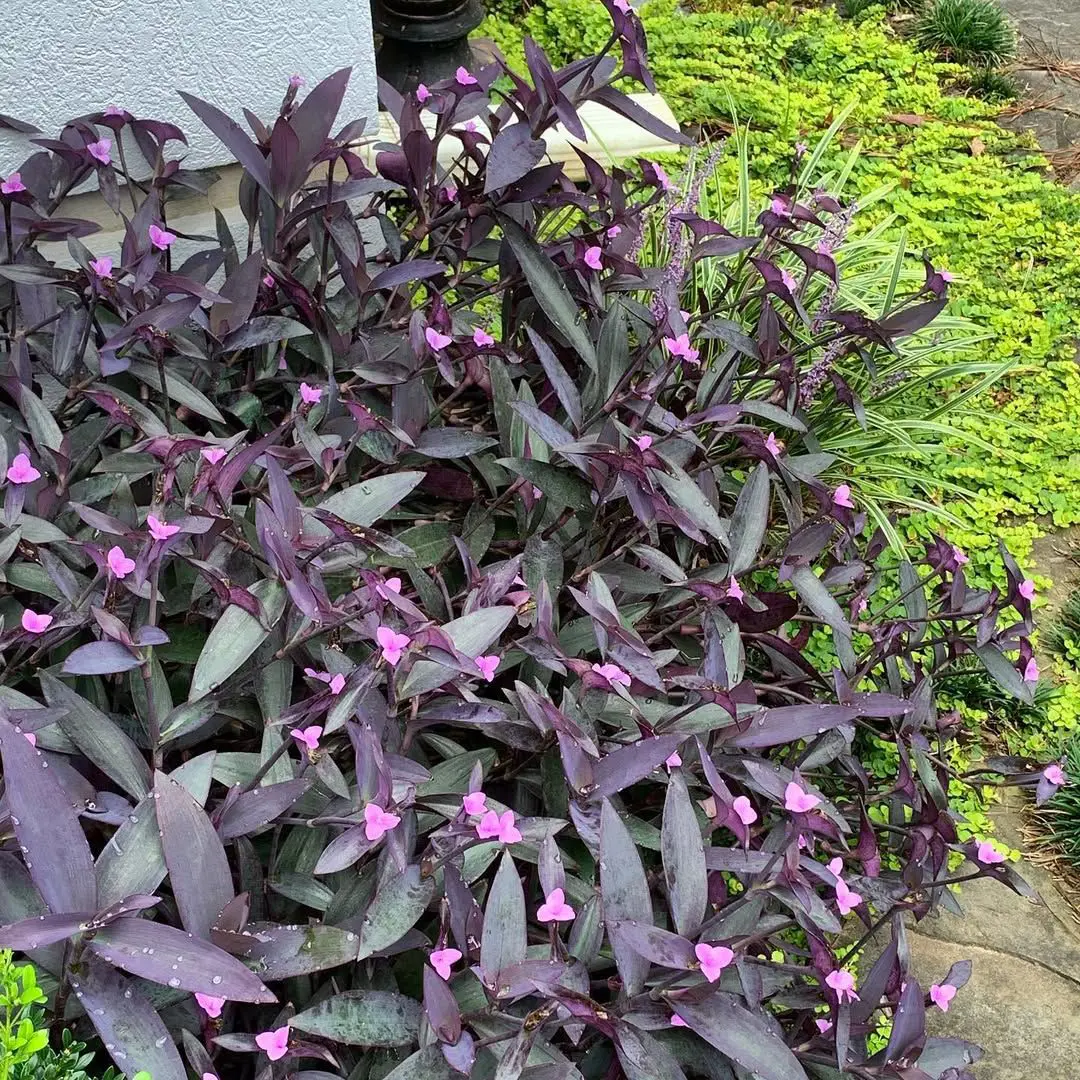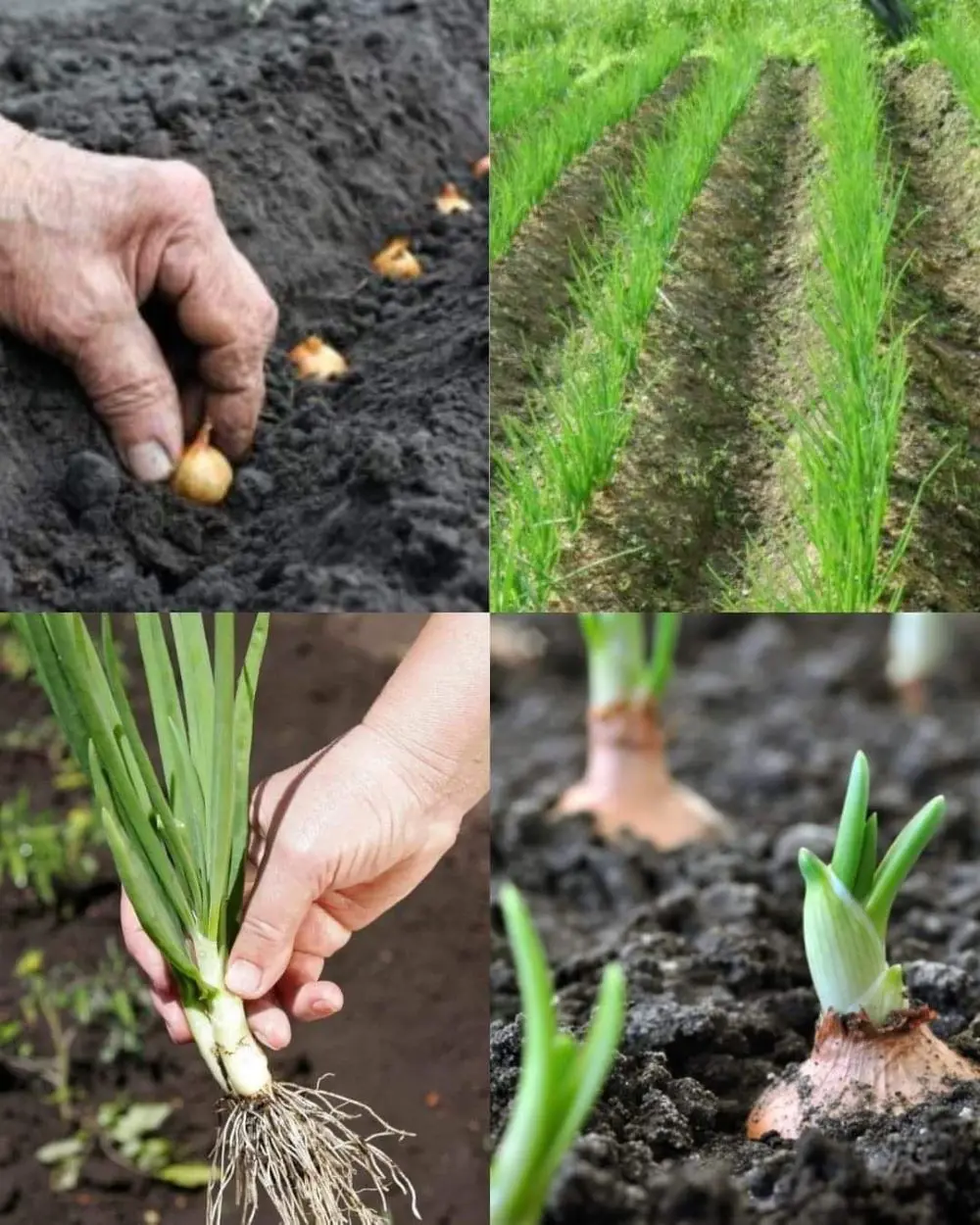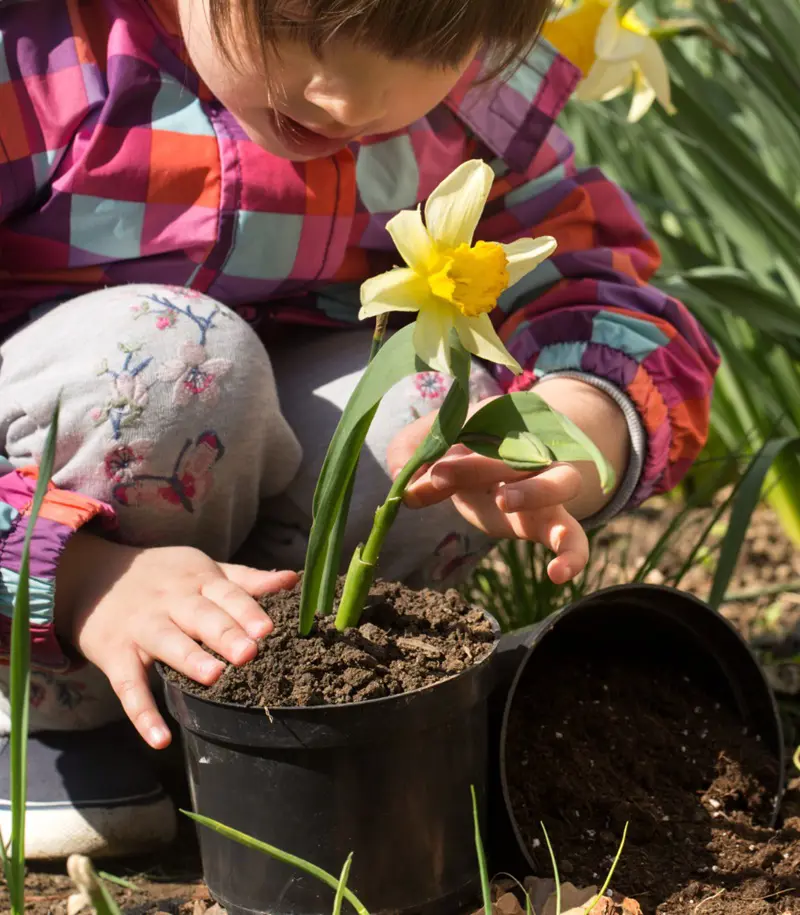What Are Ranunculus?
Ranunculus are herbaceous perennials. They typically grow from corms (bulb-like structures). They grow up to 1 foot tall and produce lush, deeply lobed leaves that emerge from the ground in a rosette formation.
These plants flower in spring to early summer; flowers come in a wide array of colors. These flowers have cup-shaped multiple layers of petals that resemble roses.
As they are perennials, Ranunculus can live for several years under the right conditions. The typical bloom of its beautiful flowers lasts for 4 to 6 weeks once they start producing flowers and cut flowers (kept in vase) can last an impressive 8 to 14 days.
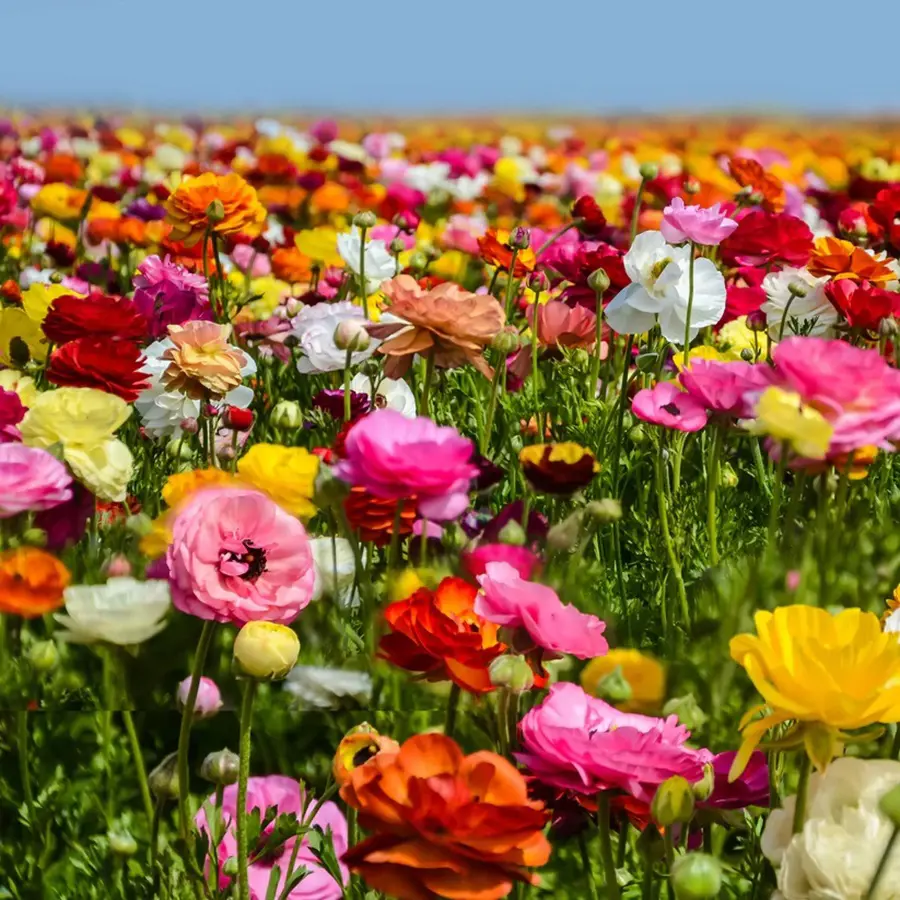
A Guide On Varieties
Some of the popular varieties of Ranunculus are described below:
- Persian Buttercup: This is the most common species grown in gardens. It produces large, double flowers in a wide range of colors including pink, red, orange, yellow, and white. The flowers are usually cup-shaped and appear in spring.
- Ranunculus Butterfly series: This variety includes Ranunculus that produce large, fully double blooms resembling peonies. The colors of this variety range from soft pastels to vibrant hues. They are widely used for cutting and floral arrangements.
- Tecolote: Tecolote variety is known for its exceptionally large and densely packed blooms. They come in bright colors and are widely in bouquets due to their long stems.
- Cloni: Cloni are hybrid varieties with ruffled petals and vibrant colors. They are favored by gardeners and florists for their unique and striking blooms.
- Elegance: Elegance variety is known for large, semi-double flowers. They come in soft pastel shades.
- Amandine: The Amandine variety of Ranunculus has large, fully double flowers similar to the Butterfly series. The ruffled petals present in them give a lush and voluminous appearance to the bloom.
- Ginette: Also known as the Hanoi Ranunculus, this popular variety is a favorite among brides. They have large, light-blush pink blooms and an abundance of petals. The stunning appearance and enormous size of Ginette make it perfect for bouquets and floral arrangements.
